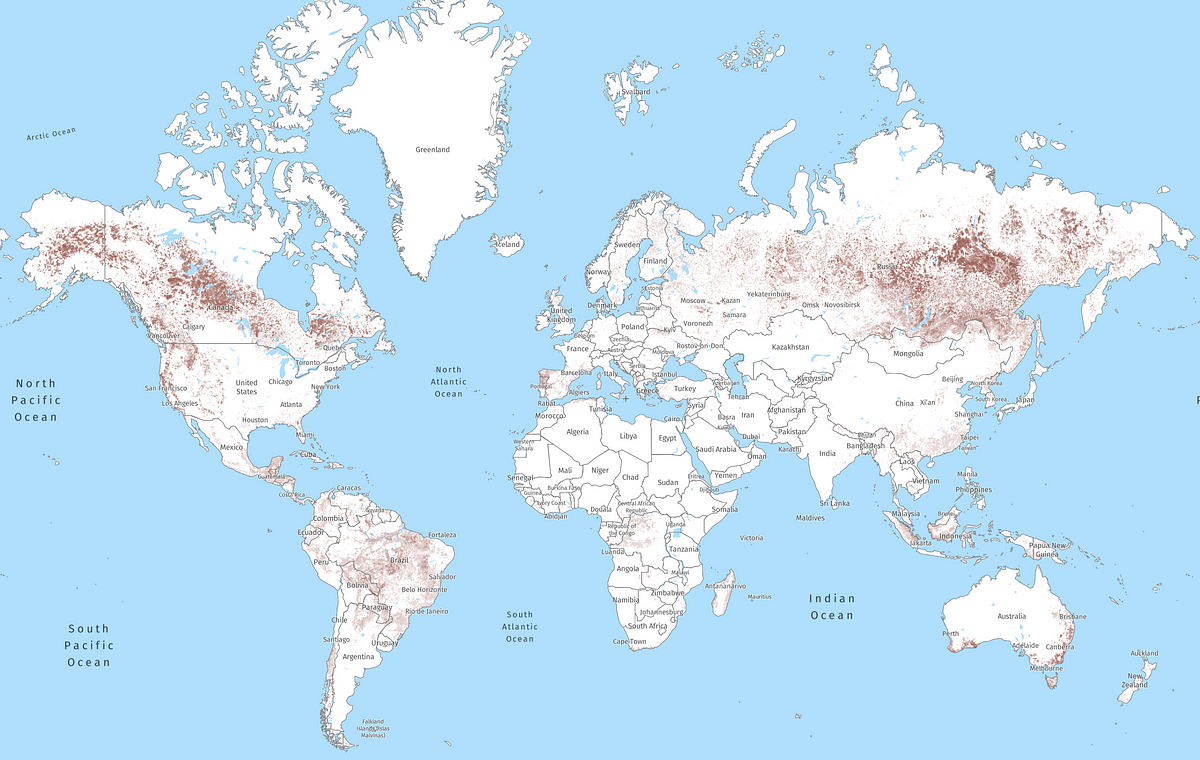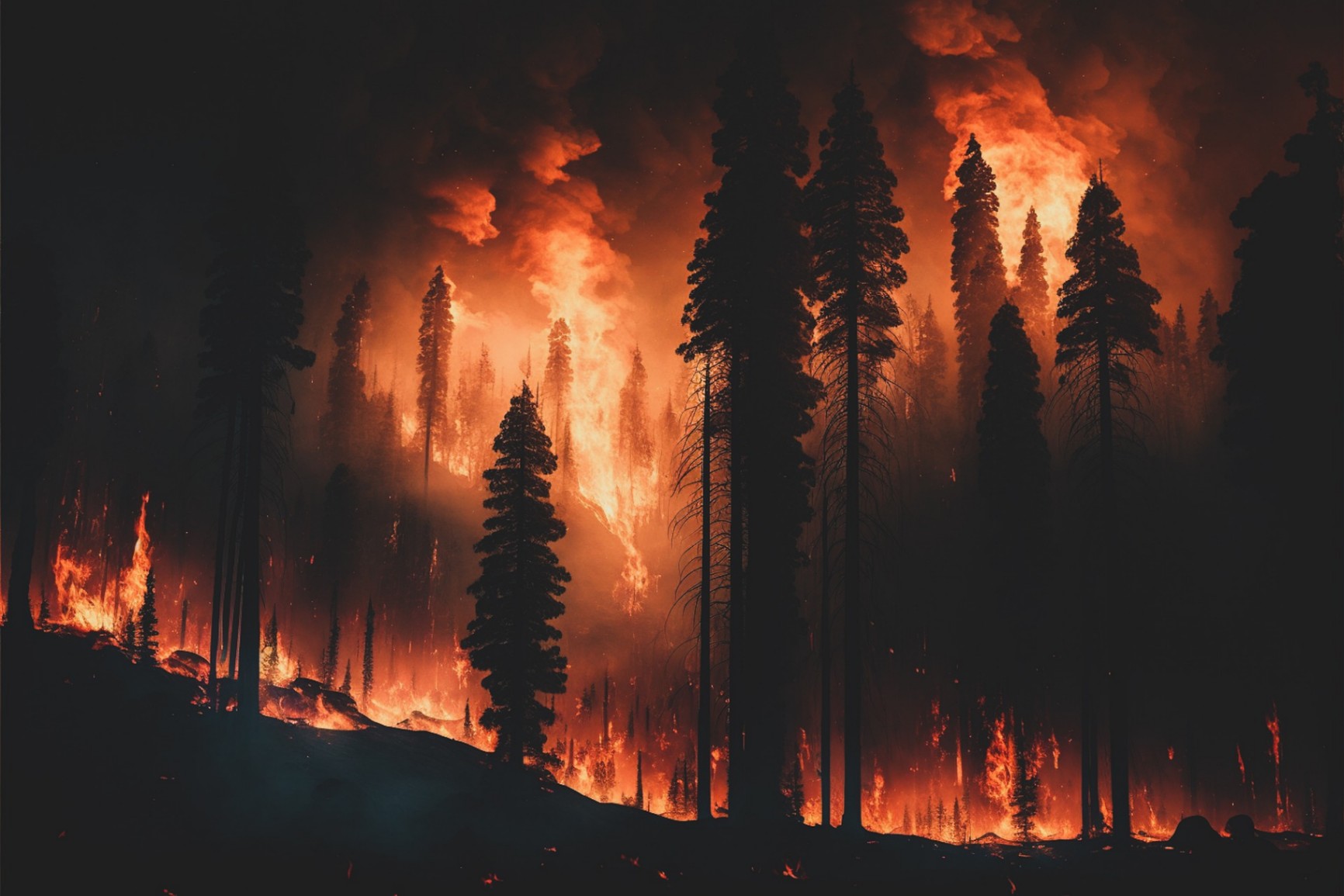Many of you might have come across the recent news of wildfires in Los Angeles, which started on 7th January 2025, with news showing many famous buildings and celebrities' houses burnt along the way. The losses during this fire are estimated to be about 40,000 acres of land that have been burned (as of 14th January 2025), according to the California Department of Forestry and Fire Protection (Cal Fire). Accuweather estimates the economic loss between USD 250bn and USD 275 bn.
Had it been a rare phenomenon, we could have said it was an unlucky event and gone along with our lives. But there have been more such events than ever in recent times.
Forest fires in 2023 resulted in nearly 15 million more acres of tree cover loss per year than in 2001. These events now take up a larger share of tree loss than mining and deforestation, from 20% in 2001 to 33% in 2023. Nearly 30 million acres burned in 2023, topping the previous record by about 24%. Extreme wildfires in Canada accounted for 65% of the fire-driven tree cover loss last year and more than 27% of all tree cover loss globally.
What is the major reason for the increase in wildfires?
The short answer to it is Climate Change.
Extreme heat waves have become more common than ever before, causing increased temperatures and ripe conditions for dense forests to cause wildfires.
But there was a pattern in the wildfire events and the regions that were seeing them the most. Below is a map of the same.

If you look at the map, most wildfire events have been happening in regions called Boreal regions, which include countries like Canada, China, Finland, Japan, Norway, Russia, Sweden, and the northern United States. These regions typically comprise coniferous tree species such as pine, spruce and fir. From a biological perspective, boreal forests are defined as forests growing in high-latitude environments where freezing temperatures occur for 6 to 8 months and in which trees can reach a minimum height of 5 m and a canopy cover of 10%.
These forests have a tendency to store more carbon but with warming temperatures, it becomes a recipe for disaster.
However, wildfires are not just caused by climate change but also by human activities.

In tropical regions, most of the deforestation and agricultural activities happen by setting fire to the forests. That doesn’t rule out the effect of rising temperatures on tropical forests. It’s just that the other factors have a higher influence on wildfires too.
While Los Angeles is neither tropical nor boreal, it falls under the Subtropical region. Wildfires have become an increasing phenomenon in these regions not just due to rising temperatures of the increasing migration to the sensitive forest regions but also with human migration, what?
Here’s what’s happening
Historically, fires in temperate and subtropical forests have burned less area than boreal and tropical forests: Combined, they accounted for 15% of all fire-related tree cover loss between 2001 and 2023. But the data shows that fires are increasing in these regions as well, by about 85,000 acres (roughly 5.3%) per year. While temperate and subtropical areas tend to contain a larger proportion of managed forests — which can house fewer species and store less carbon than natural ones — fires in these regions still pose considerable risks. In 2022, record-breaking heat and drought in Spain resulted in more than 70,000 hectares of tree cover burned, the largest amount since 2001.
Changes in land usage and population migration are also increasing the impacts of climate change in these regions. In Greece, a combination of heatwaves, drought, and large plantations of highly flammable non-native species (like Eucalyptus) created ideal conditions for extreme wildfires in 2021 and 2023. In Europe more broadly, the abandonment of agricultural land in recent years has been followed by excessive vegetation growth that has increased fire risk.
In the United States, natural lands are rapidly being converted into “wildland-urban interfaces,” or in simple words, places where houses and other manmade structures mingle with trees and vegetation. This increases the risk of fire ignitions, damage and loss of life. In 2022, wildfires in the U.S. burned nearly 2.5 million acres of tree cover and caused roughly $3.3 billion in damages. One of the largest fires that year, California’s Mosquito Fire, burned thousands of hectares of forest in and near areas classified as wildland-urban interfaces, destroying 78 structures in nearby communities.’
Also, there is an interesting phenomenon happening in climate due to rising temperatures, which is causing wildfires.
A phenomenon known as whiplash weather, marked by unusually wet winters and springs followed by extreme summer heat, was especially pronounced in Southern California in recent years.
That dryness continued in Southern California through the fall and into early winter, with very little rainfall. Soil moisture in the Los Angeles region was about 2% of historical levels for that time of year when the fires began on Jan. 7, 2025.
These conditions make it much more ripe for wildfires to ignite.
Then there is a never-ending loop of wildfire.
A reason why forest fires don’t confine themselves to certain boundaries is also because of the heat that is generated. This creates low-pressure regions and makes the wind blow into them, thus further spreading the fire event.
And then, it also results in higher average temperature than usual, further warming the planet and creating a higher chance for more such events. Thus the never-ending loop, if there is one.
What do you think about wildfires? Is it high time we take care of nature or is it just a one-off event?

